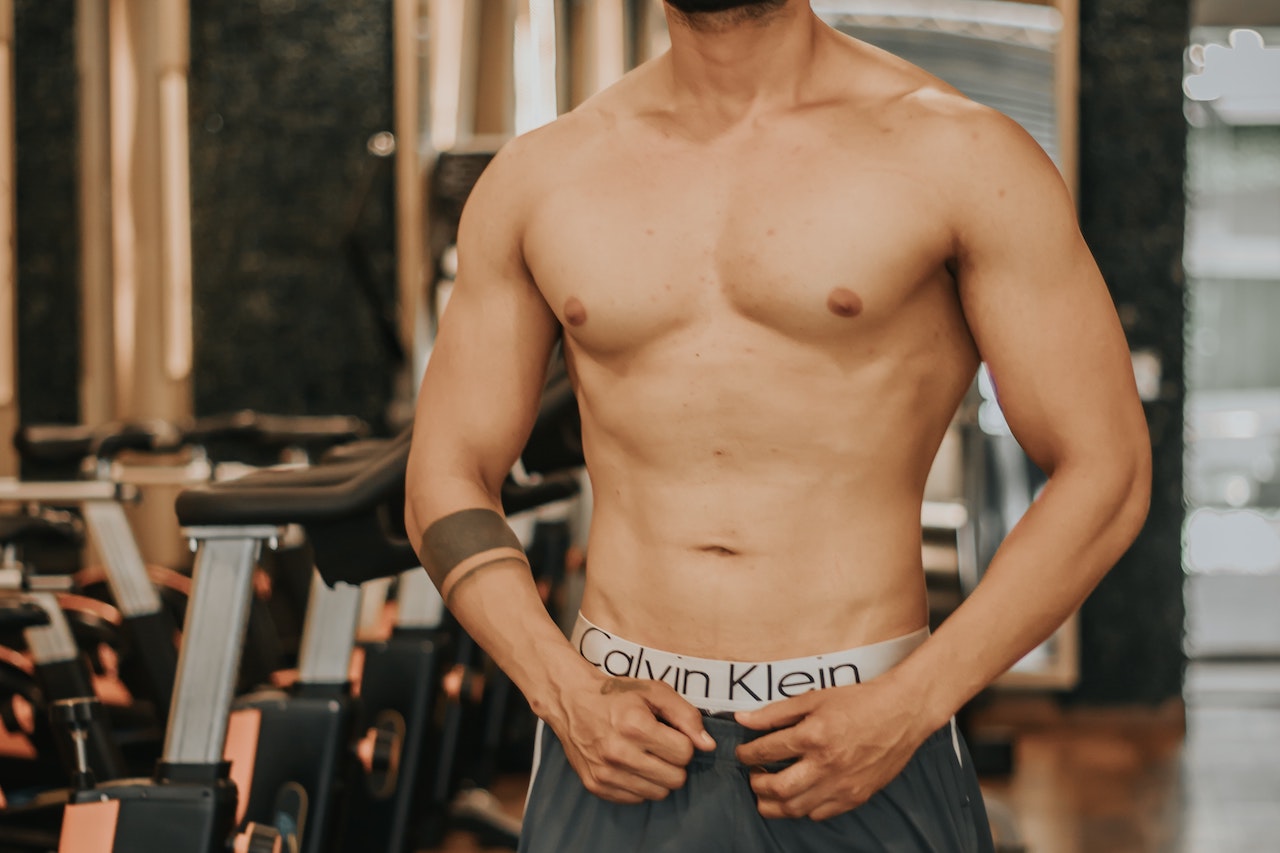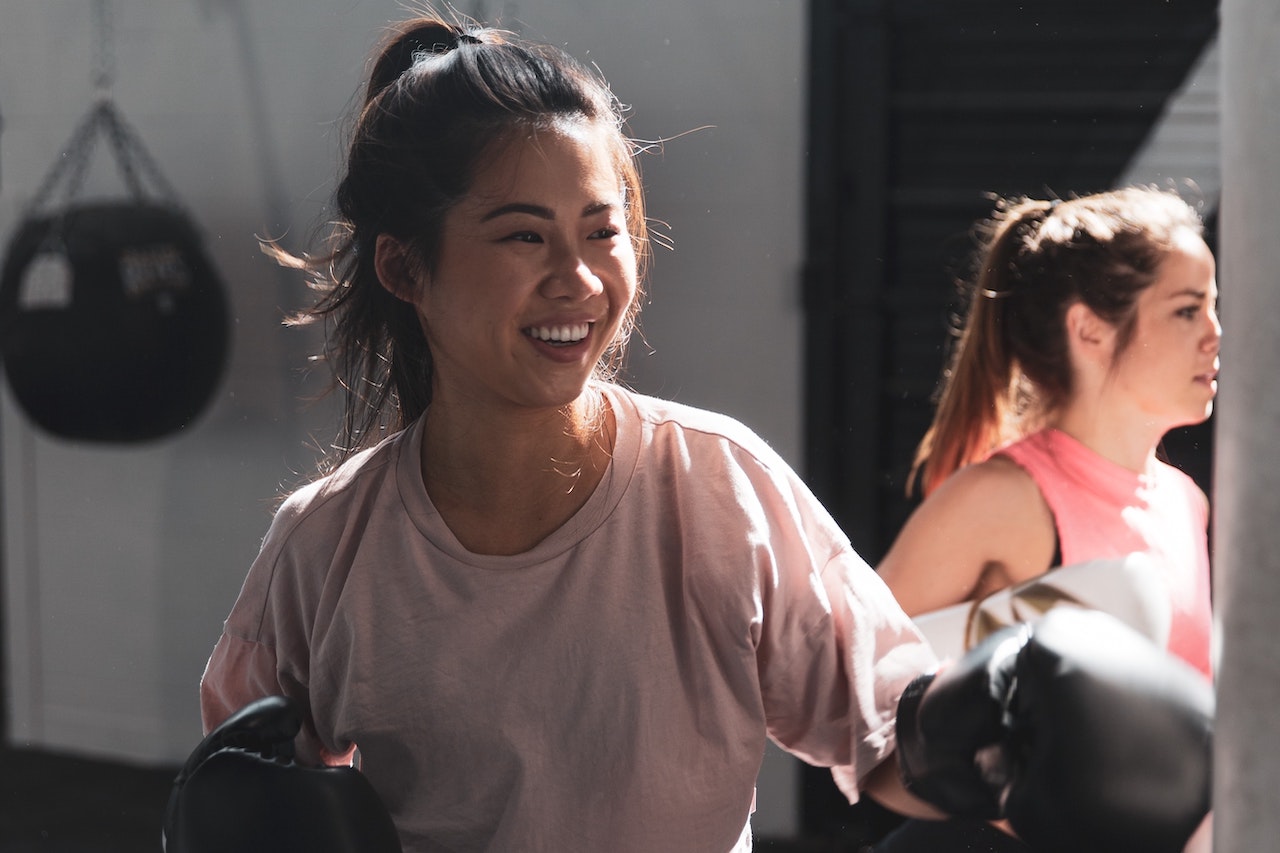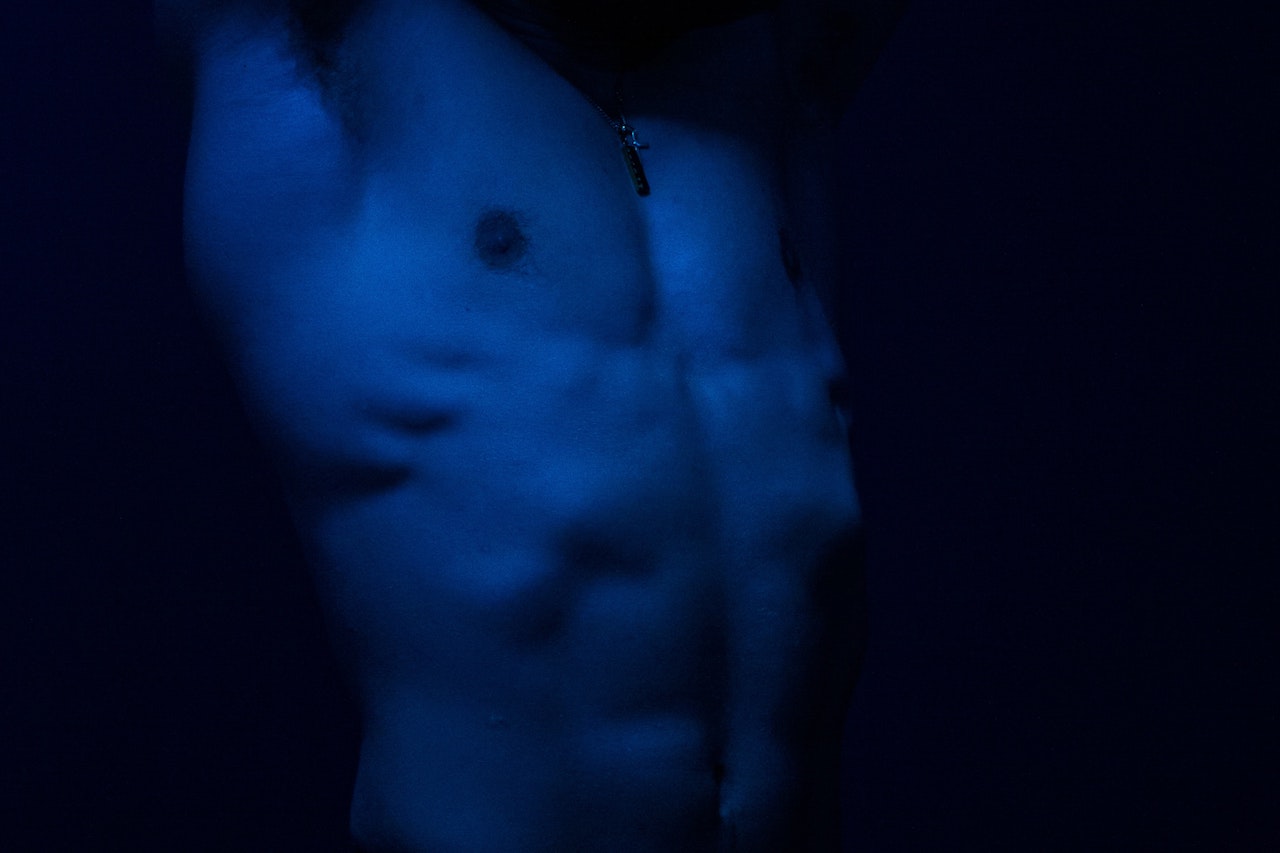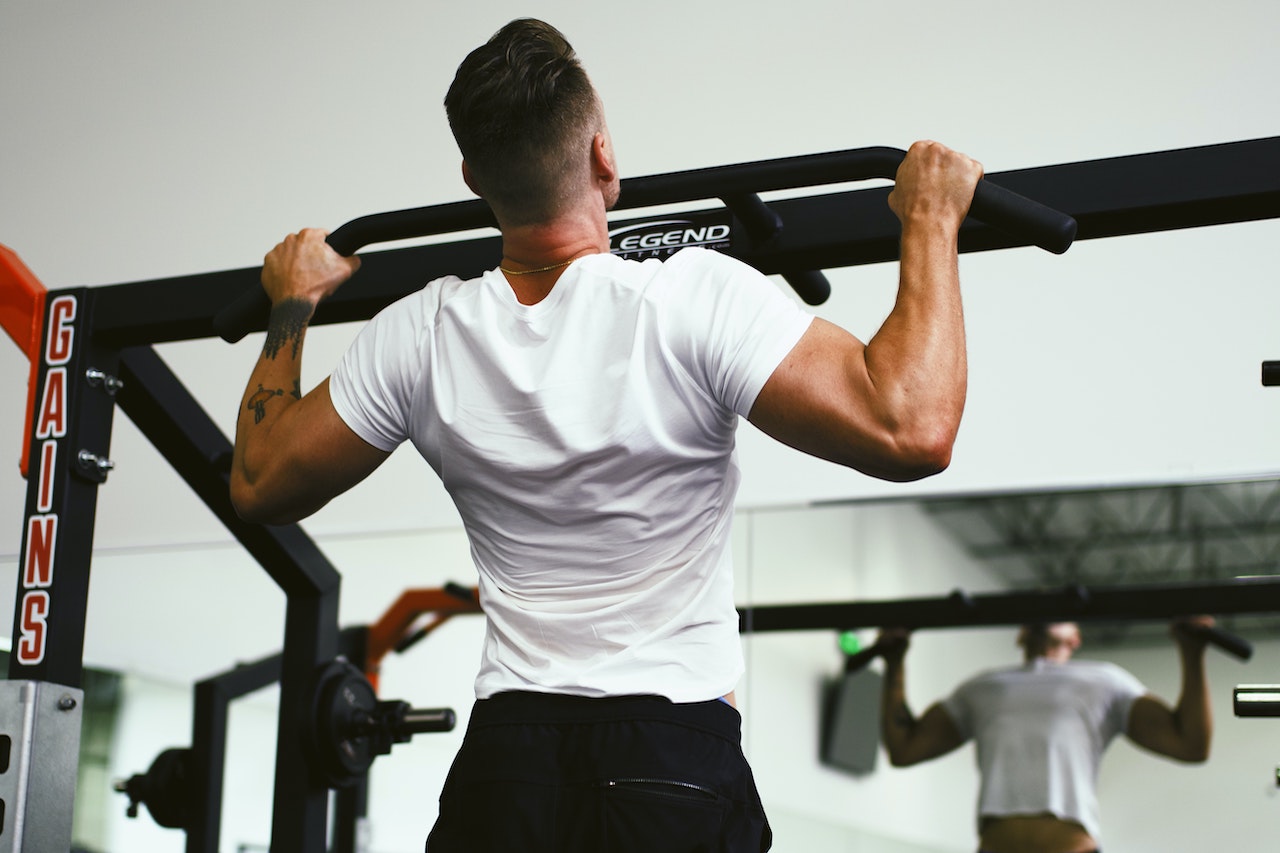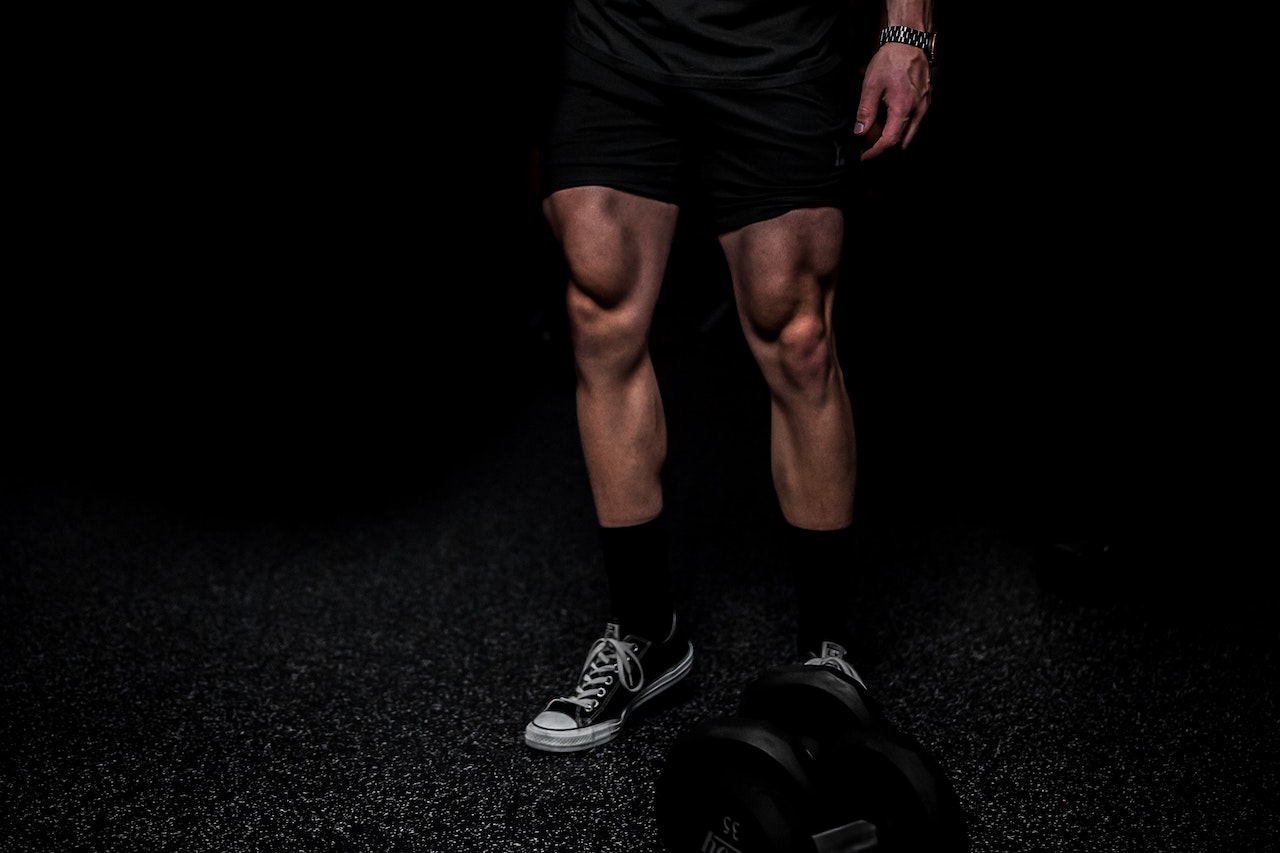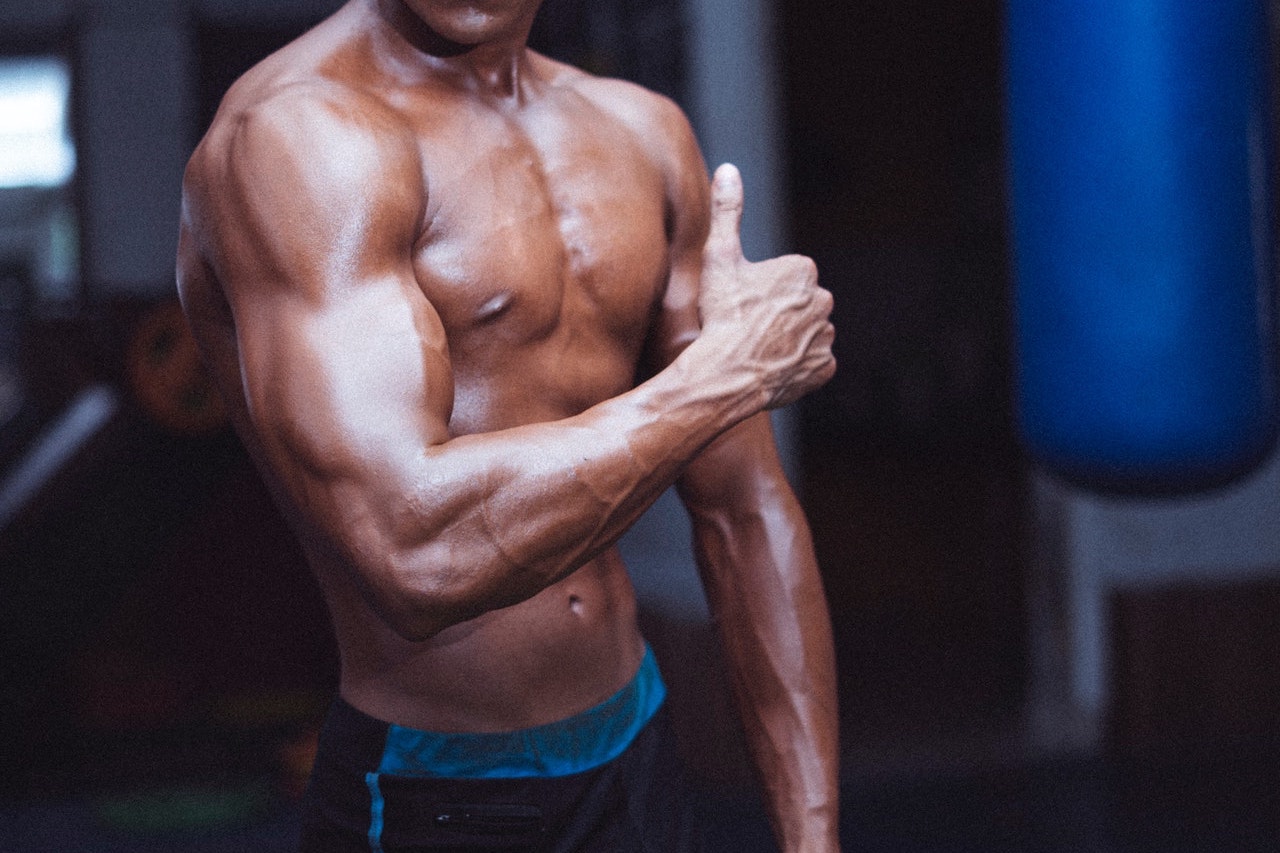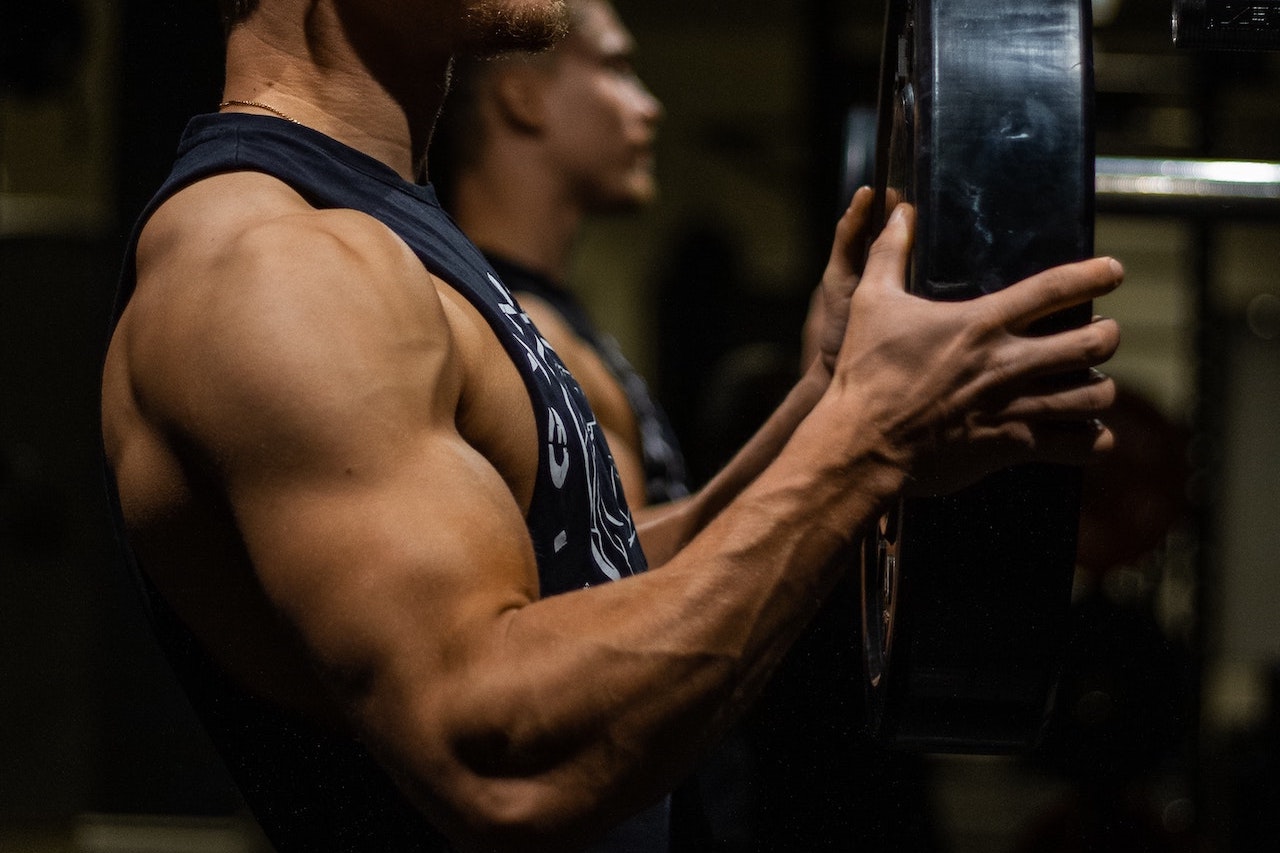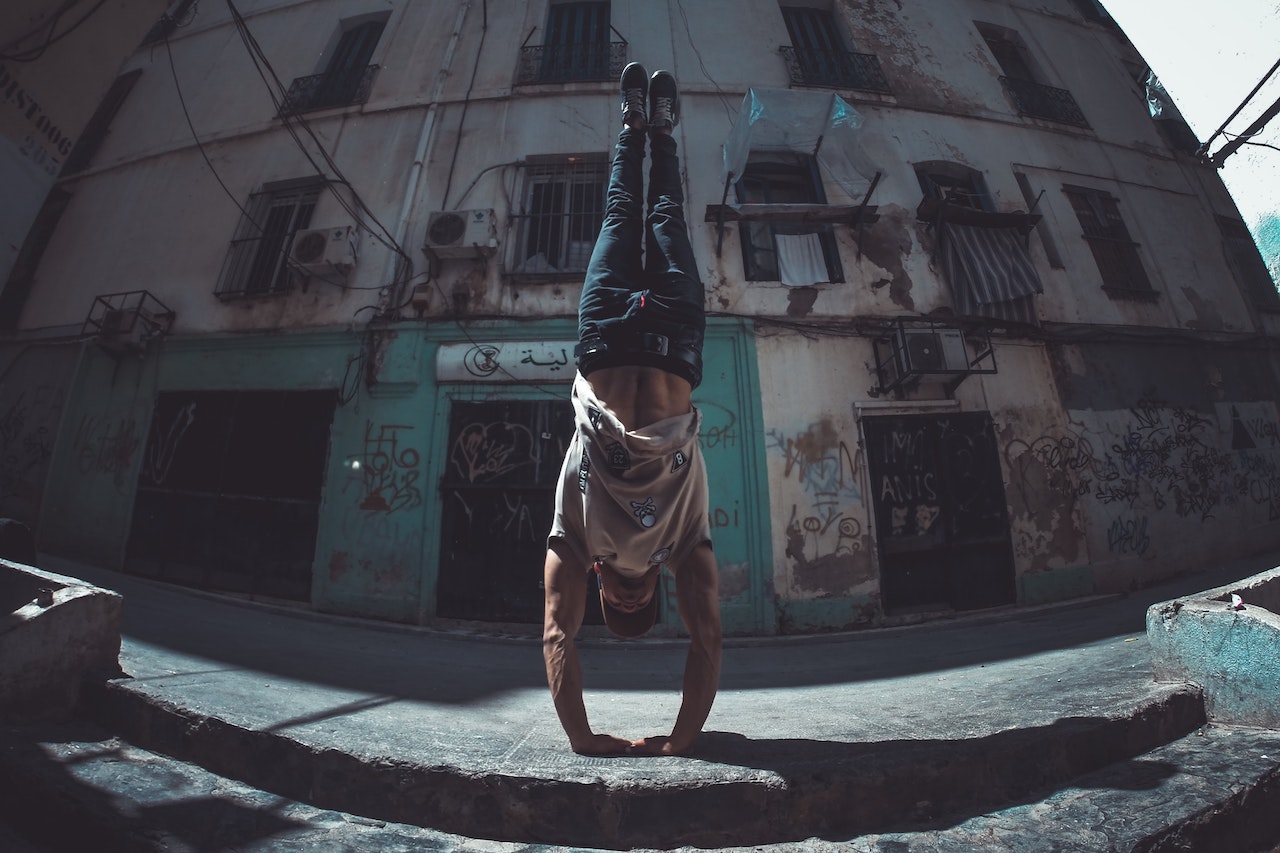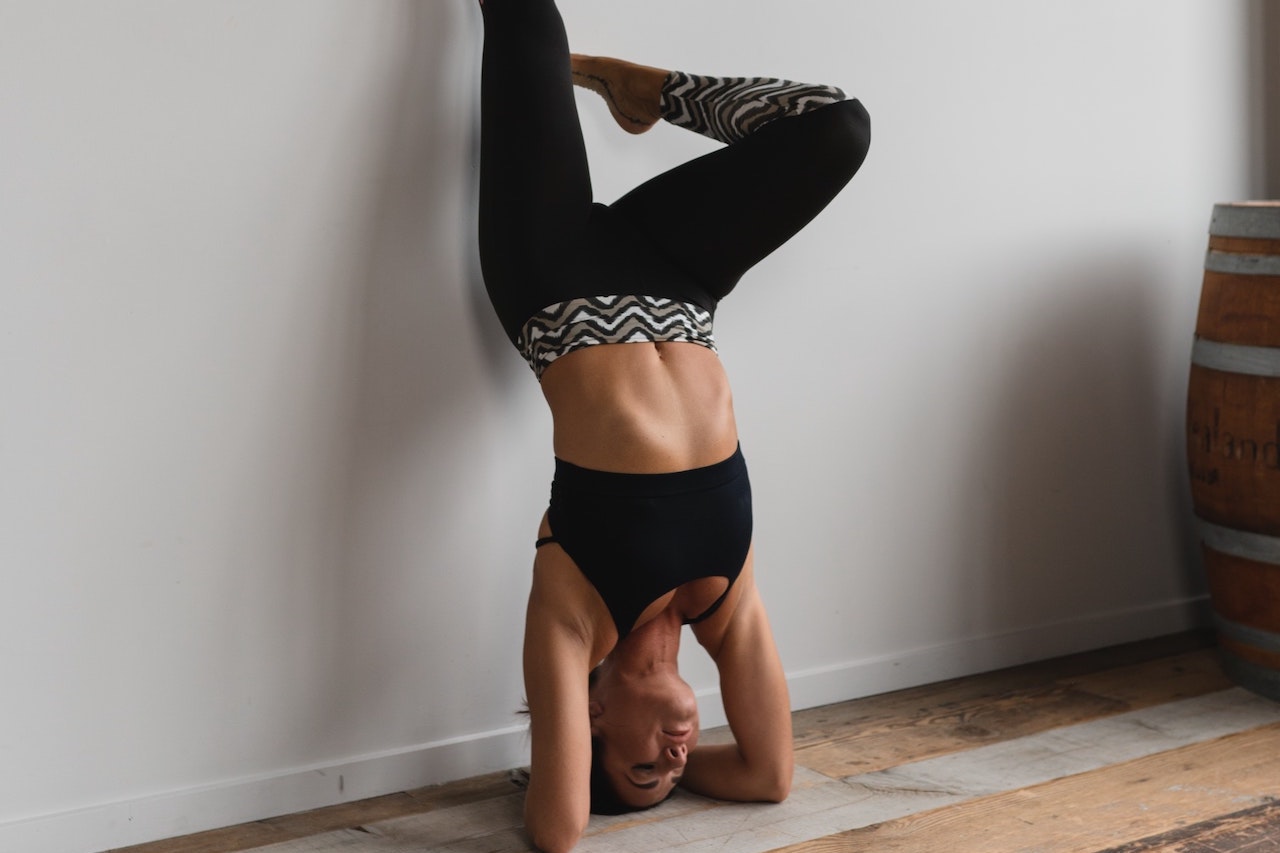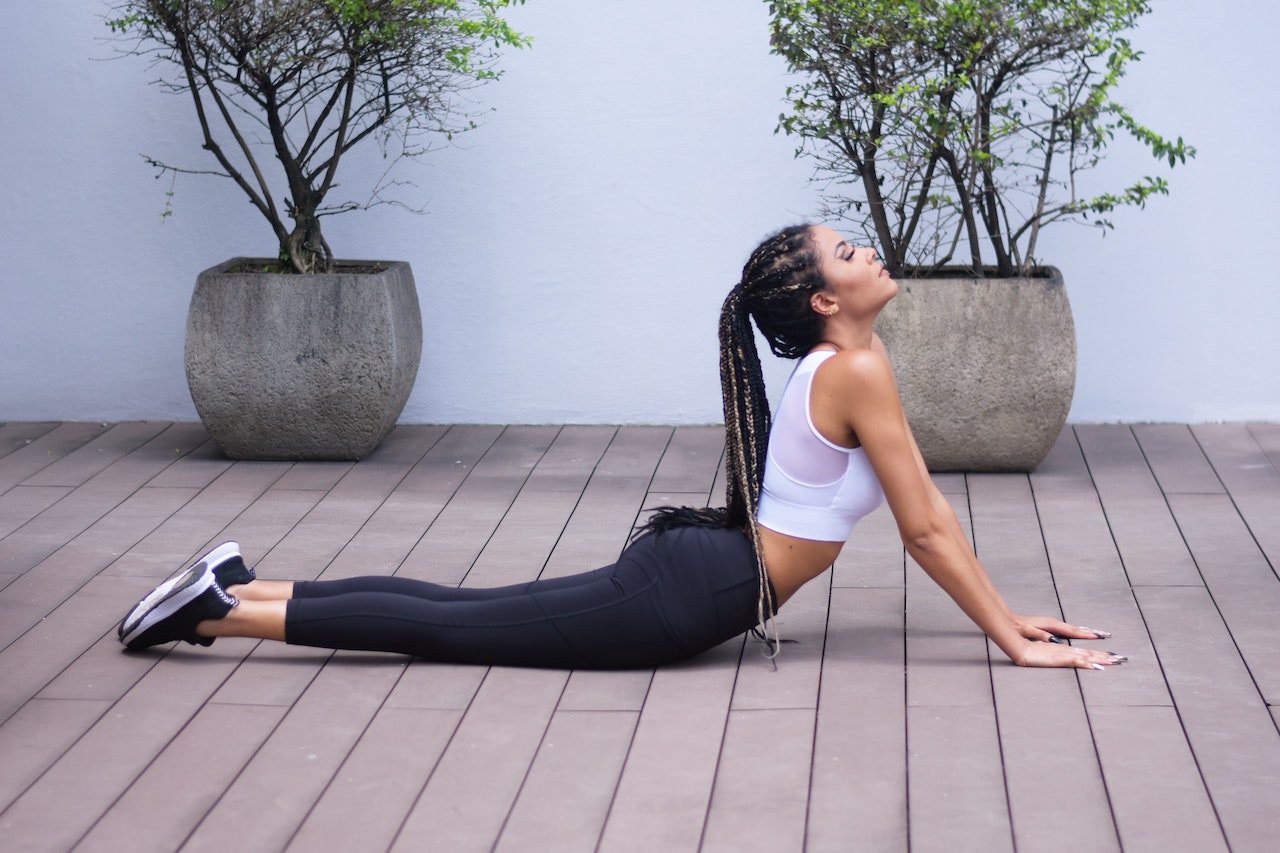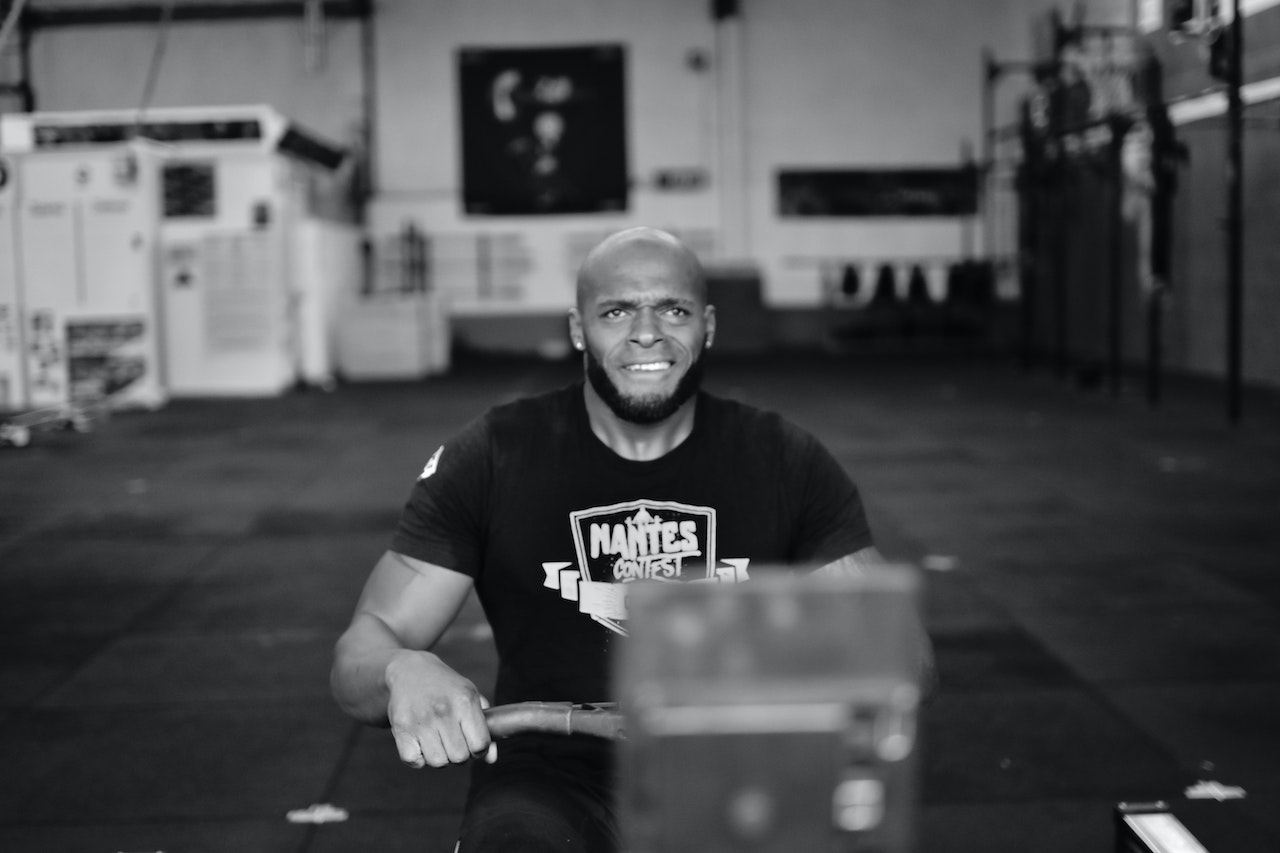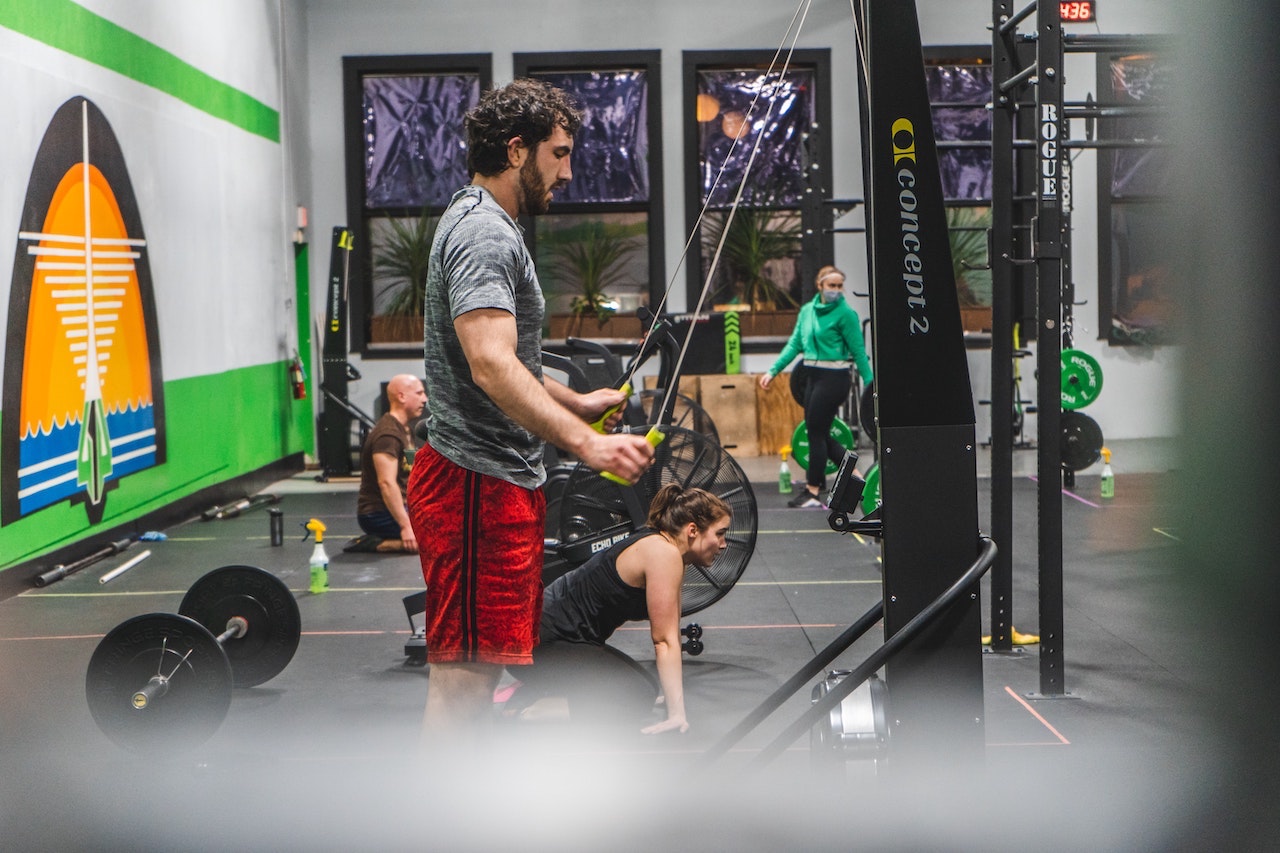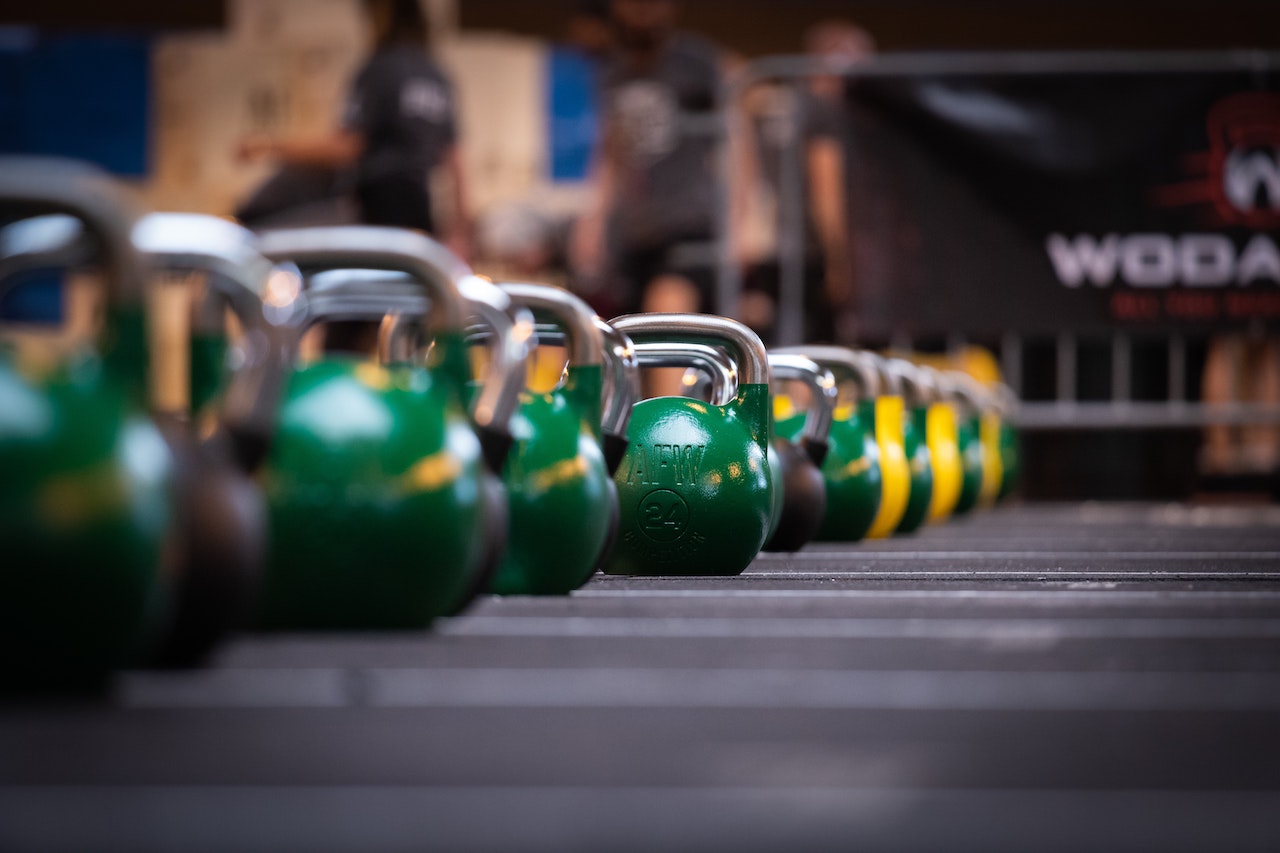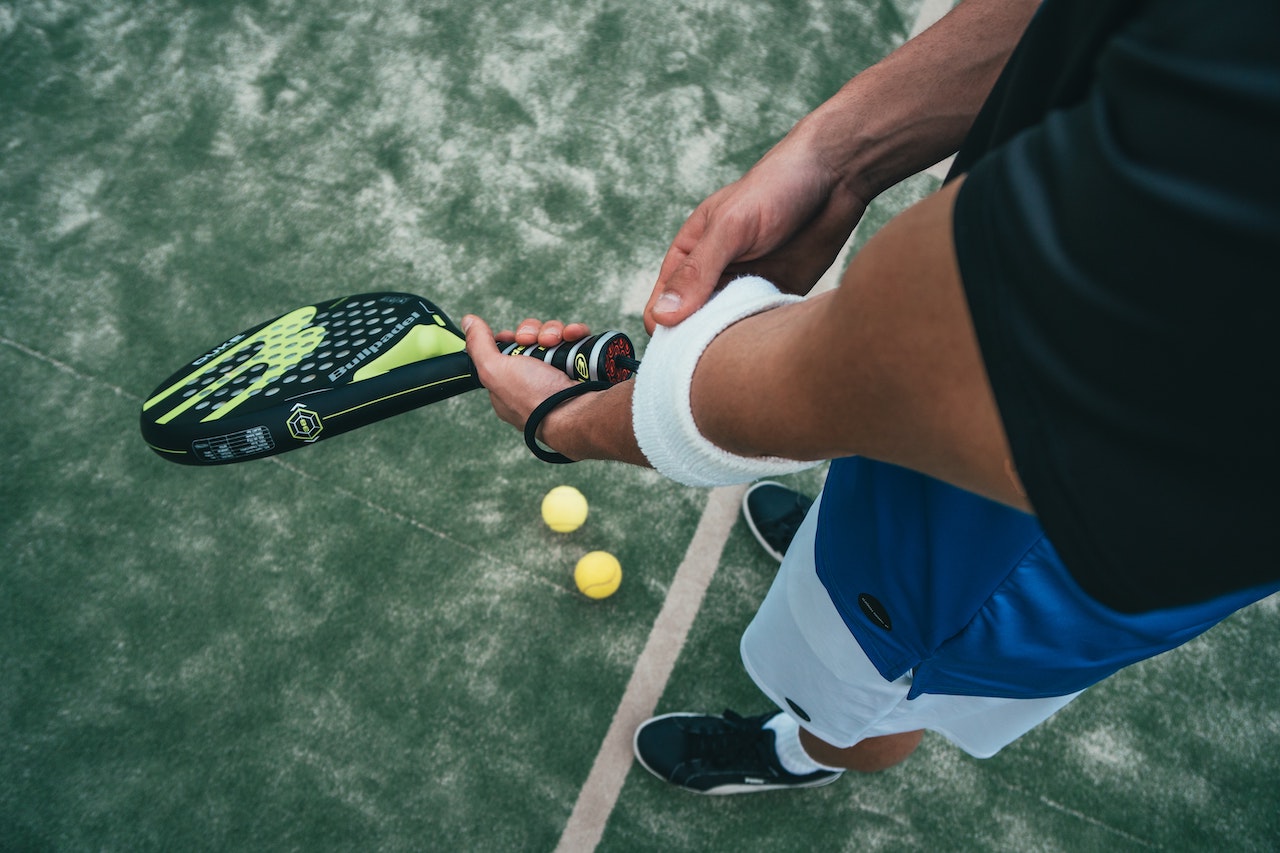Building good-looking pecs is the goal of many guys. We often see men in the gym who take off their tops when training, revealing their full pecs, which is very enviable. When i see this, i can't help but look down at myself and hate my pecs.
When we train our pectoral muscles, it is always against our wishes and our pectoral muscles are far less effective than those of sports students. Many pals do not have the time to go to the gym to work out because they are busy at work. So, they choose to stick to doing 50-100 push-ups at home every day, but end up with little effect. Today, we are going to start an article around pecs and discuss with you how to build pecs efficiently and become a muscle hog in the gym!
Reading this article you will get.
1、why do you need to train your pecs?
2、why don't your pecs ever grow?
3、how to build pecs efficiently?

1、why do i need to train my pectoral muscles?
1、appearance
Developed pectoral muscles are the goal that most of us fitness men go for. Training pectoral muscles is a symbol of strength and adds a plus point to our appearance. A man with well-developed pectoral muscles looks very strong and attractive. Some of the thinner guys give off a weaker look and lack manliness. Having strong pectoral muscles is very popular with women, giving them a good sense of security and arousing their desire to be protected.
So, a well-developed pectoral muscle adds charm to our appearance and no longer lacks manliness!
2. Fitness effect
When training our pectoral muscles, many muscle tissues in our body are involved and the muscle building effect is very good. If you want to look strong and fast, pectoral muscle training is essential.
For those who are in the process of losing fat, pectoral training is also a very good option. When we add pectoral training to some of our cardio workouts, the fat loss effect is simply doubled. We know that when we train our pectoral muscles, such as the bench press, we are very tired and speed up our metabolism so that we can burn our body fat efficiently. And, when we do anaerobic exercises, not only do we burn fat during the exercise, but even after we've finished training!
The growth of our pectoral muscles increases our basal metabolism, our chances of becoming obese are dramatically reduced and our fitness results improve!
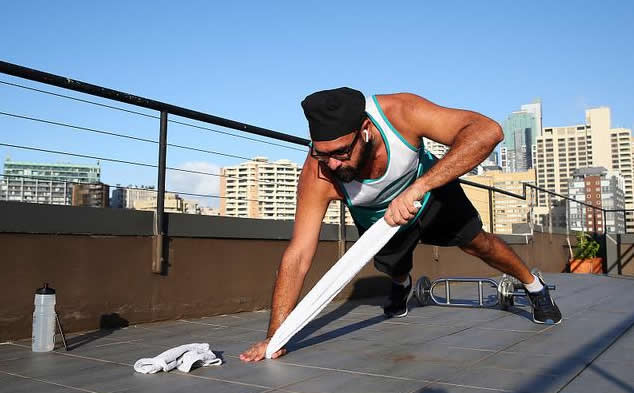
Second, why the pectoral muscle always does not grow?
1, diet
In the muscle building period, a reasonable diet is a must. We are referring to a reasonable diet, not to say that one goes for carbohydrates or does not pay attention to their diet. It is still relatively simple to train your pectoral muscles in the novice period and show a good fitness trail. However, some men who have been training for a long time and show signs of pectoral muscle growth are simply minimal. If we don't supplement properly at this time, our pecs will only become harder and harder to build.
The most important thing that we need when it comes to muscle growth is protein supplementation, as we need sugar, fat and protein for muscle synthesis. Sugar and fat are generally inevitable in our diet, and protein needs to be supplemented deliberately. Therefore, not taking a proper protein supplement can cause a lack of growth in our pectoral muscles.
2. Strength
The regular fitness partners are clear, a movement remains the same, practice for a long time, the number of movements to do more, are useless. The level of stimulation of the pectoral muscles has not changed, the pectoral muscles have become familiar with the stimulation, for this action has adapted, will not grow pectoral muscles.
In terms of muscle growth principles, the pectoral muscles do not grow in terms of the extent of muscle fibre destruction, resulting in no increase in pectoral muscle size. If you want your pectoral muscles to be newly stimulated, you have to change your workout pattern. When training, impact the strength to break through the bottleneck and promote the development of the pectoral muscles.
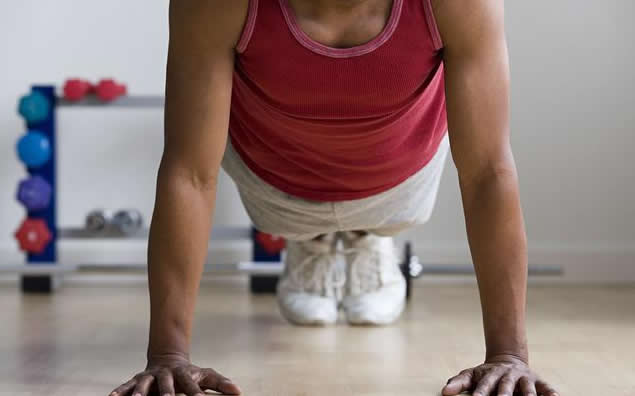
Thirdly, how to build up pectoral muscles efficiently?
As some pals are busy at work, gym jerking is not possible, it is recommended to perform push-up variation exercises, which will help you break the deadlock and promote the development of pectoral muscles. Next i will share with you, four push-up variations, to help you efficiently train the perfect pectoral muscles, to become a muscle bar!
Action one: Narrow distance push-ups
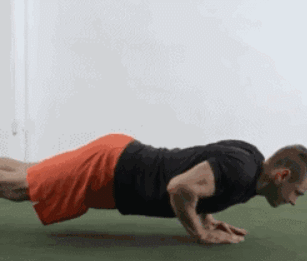
1, the body to make the push-up posture, feet apart at an appropriate distance.
2, toes on the ground, arms straight underneath the shoulders, the rear muscles of the body in the same plane, the spine in a neutral position.
3、tighten your core and bend your arms at the elbows to lower your body, with the tips of your elbows pointing towards the back of your body.
4、hold the movement for 1-2 seconds as the body is almost close to the ground.
5, maximise the tightening of the pectoral muscles, then slowly lift the body back up and repeat the movement.
Training area: Pectoralis medius
Training intensity: Novices do 2-3 sets of 15-20 reps per set; long-term trainers can do 4-5 sets of 30-50 reps per set to try. Can be adjusted according to your own training intensity.
Training note: Throughout the movement, focus on the stimulation of the pectoralis medius and tighten the core to keep the body stable. If you cannot complete the narrow push-ups, you can start with kneeling narrow push-ups, wait for your muscle strength to reach a certain height, then try the narrow push-up exercises with your legs straight, it is recommended to progress step by step.
Training effect: Narrow distance push-ups, mainly in the distance between the hands, become narrower in the case of the body down, so that the pectoral muscles in the seam to get the power of the arms squeeze the pectoral muscles, better stimulate the pectoral muscles in the seam, it is more difficult than the wide distance push-ups.
Movement two: Left and right moving push-ups
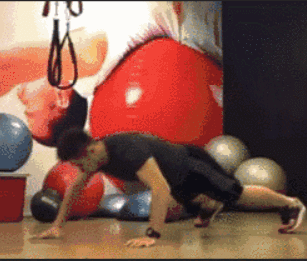
1. The body is in a prone position, keeping a wide spacing between the hands.
2, the line between the hands and the collarbone parallel, feet apart at an appropriate distance, toes on the ground.
3. Tighten your core and apply force to the outside of your pectoral muscles so that your body completes a traditional push-up.
4、as you lift your body up, straighten your arms and bring them back together with one arm supporting the ground.
5、move the other arm to the side and perform another traditional push-up, alternating this cycle from left to right.
Training part: Pectoralis major
Training intensity: Beginners are advised to do 1-2 sets, completing 8-10 reps per set; long-term trainers can do 4-5 sets with 20-30 attempts per set. Adjustments can be made according to your own training intensity.
Training points to note: The requirement for body stability is relatively strict, with the arms squeezing left and right, and the body rising and falling movements, maximising the stimulation of the outer pectoral muscles. As strength increases, higher reps and higher sets are appropriate.
Training effect: This variation relies on the arms moving from side to side to make an overall improvement in the level of your own pectoral muscle workout. The stimulation of the pectoralis major is superior to that of the traditional push-up, and the exercise effect is more pronounced.
Action three: Climbing push-ups
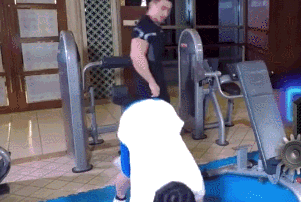
1, the body standing position, the distance between the feet and the same width as the shoulders.
2, arms naturally at the side of the body, chest up, to ensure that the spine in a neutral position.
3、tighten your core so that your body is bent down and your arms alternately crawl forward.
4, when the arms crawl to a traditional push-up position, keep the body stable and do a traditional push-up.
5. Hold the movement at the lowest point for 1-2 seconds, then restore and repeat.
Training area: Upper and lower edges of pectoral muscles
Training intensity: Novices do 3-4 sets of 10-15 reps per set; long-term trainers can do 4-5 sets of 20-30 attempts per set. Can be adjusted according to your own training intensity.
Training note: Coordinate your arms forward throughout the movement, keep your body stable and keep your upper arms almost parallel to the ground at the peak.
Training effect: This movement has a lower difficulty index compared to the above two movements, so it is recommended that friends make the movement slow and get the details of the movement correct. The movement is better at contracting the upper and lower edges of the pectoral muscles compared to the other movements.
Movement four: Push-up high five
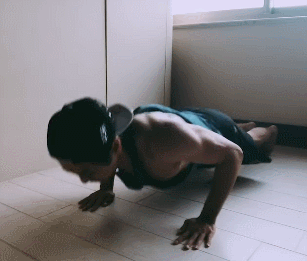
1. Keep your body in a wide push-up position and keep it stable.
2、tighten your core muscles and do a push-up with your body down.
3, at the moment the body lifts up, move upwards with explosive force so that the hands hang in the air once for a high five, keeping the lower body position unchanged.
4, drop your arms to the ground, bend your elbows slightly and repeat.
Training area: The entire thickness of the pectoral muscles
Training intensity: Novices are advised to do 1-2 sessions of training intensity, performing 6-8 exercises each time; long-term trainers can do 3-4 sets of 10-20 attempts per set. Adjustments can be made according to your own training intensity.
Training note: This movement focuses on core tightening, keeping the body stable and landing firmly on the arms.
Training effect: This movement is based on push-ups, with a hanging palm on both hands, which not only gives explosive power to the pectoral muscle stimulation, but also improves core strength.
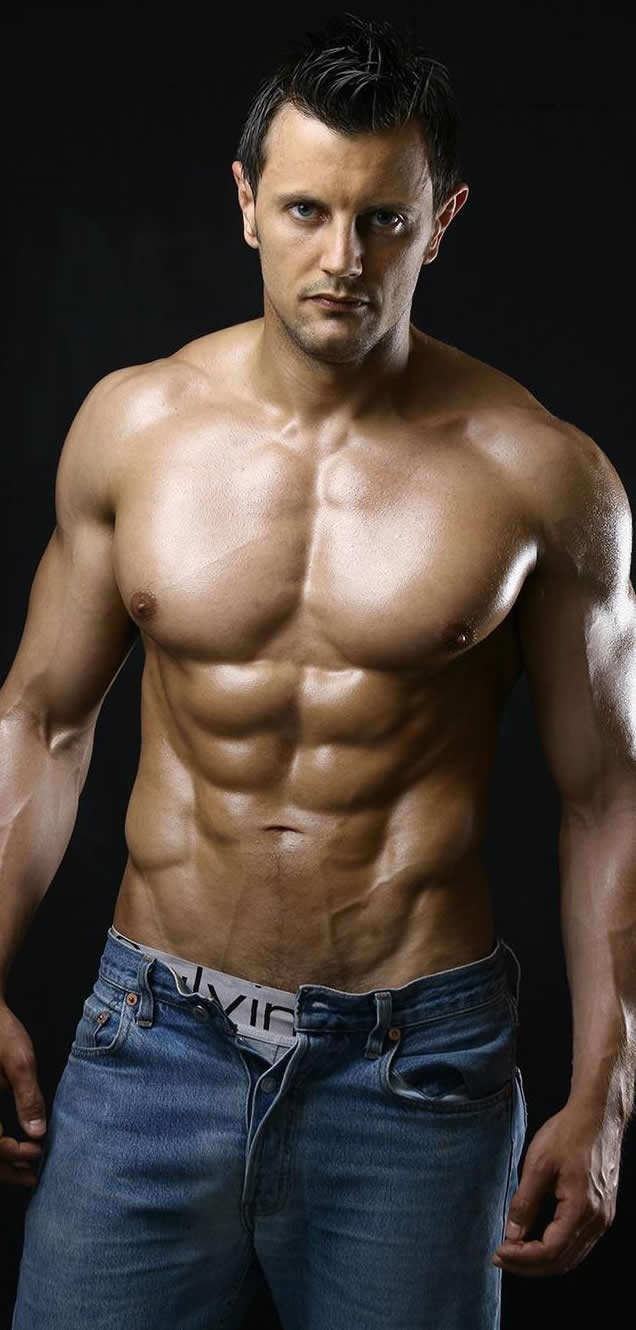
Chest training on a sensible diet will definitely give better results. But we should not be in a hurry and go for strength, it won't do to end up counterproductive. The 4 movements shared in this article will hopefully help our friends. In the bottleneck period, using push-ups to train the pectoral muscles will speed up our breakthrough and achieve the exercise goal of bigger pectoral muscles.a

